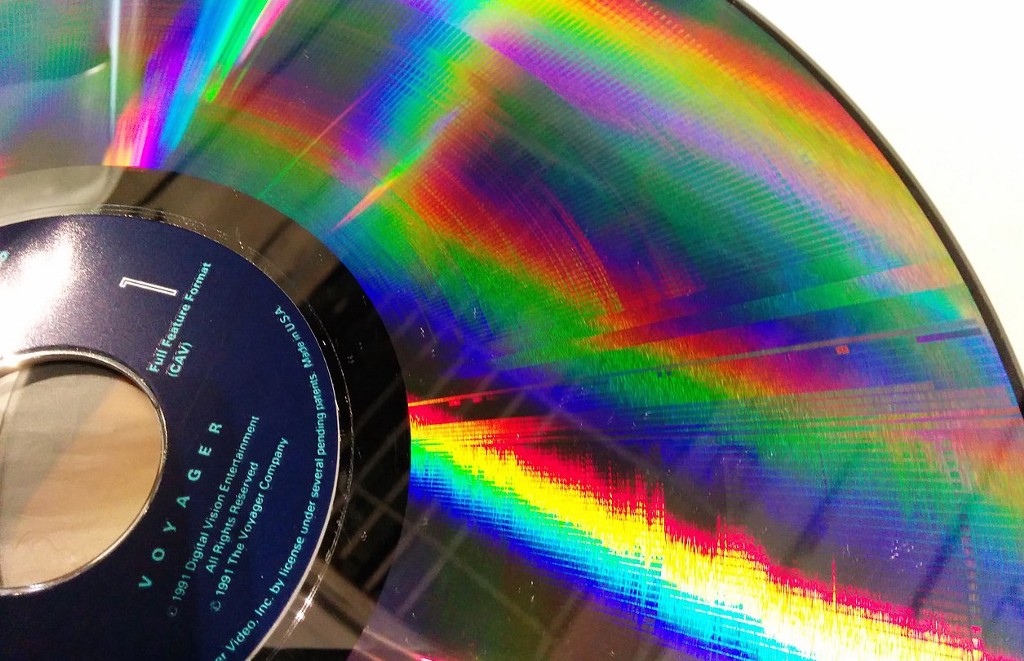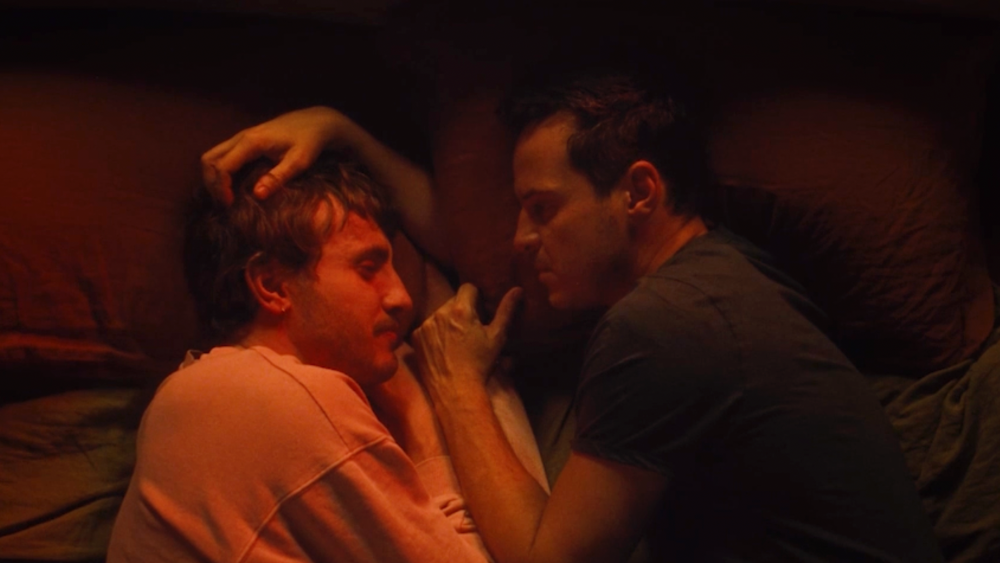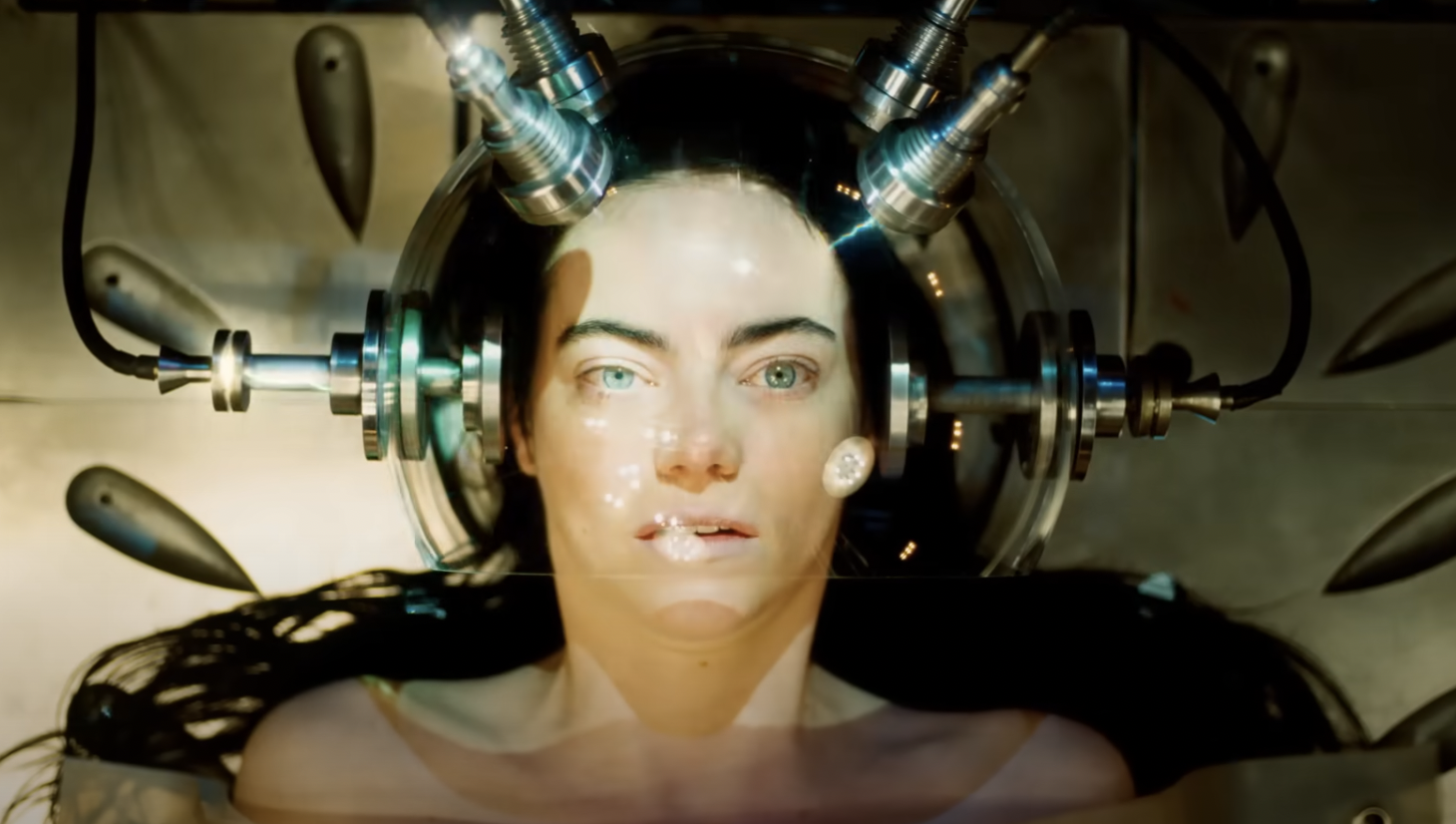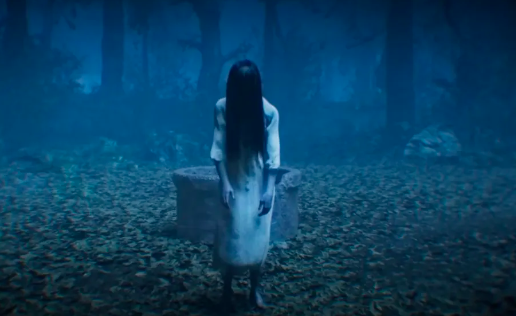essays
LaserDiscs Are Dying—Here’s Why That Matters
When we lose physical media, we lose our connection to the past

The glue used to bind LaserDiscs is breaking down. Years of improper storage and neglect, shuttered away in dark, damp garages — LaserDiscs are falling apart because we forgot about them. DVDs were smaller, cheaper. The quality is poorer but they were new, so we chose them over their bigger, clunkier forefathers. And then we made film so small that we didn’t have to carry it around at all, except for in our iPods and tablets. But the films that exist on LaserDiscs don’t exist anywhere else. The Blockbuster Video in Bend, Oregon is the last of its kind, and the glue used to bind LaserDiscs is breaking down.
What do we lose when we lose these physical media? Well, for starters, we often lose the content itself. This year, an Apple user complained to the company when a digital film they’d purchased suddenly and without warning disappeared from their library. Apple’s response: If the owner of those films (i.e. the distributor) decides to pull those films from digital circulation, you’re screwed. But more than that, we lose a connection to the past. That past isn’t always flattering — many LaserDiscs bear witness to an even less enlightened era of Hollywood — but it shouldn’t be allowed to disappear without even a scar.
What do we lose when we lose these physical media? We lose a connection to the past.
Sometimes physical media comes back from the brink. Remember when vinyl records came back into vogue in the mid-2000s, and suddenly everyone you knew was running out to buy brand-new record players? Crates of discount records popped up on sidewalks, new bands started releasing music on vinyl. And it hasn’t slowed down a bit — there’s National Record Store day, when you can find special edition vinyl from your favorite bands, and kitschy home decor made from records (bowls, coasters, etc.) is all the rage. Vinyl records are relics that made a successful comeback.
LaserDiscs haven’t had the same luck. It’s not surprising: big, heavy, fragile and expensive, this pre-DVD home media format wasn’t the most convenient way to buy and watch movies. They made their debut in 1978 (with Jaws) and stopped production in 2000 (with Bringing Out the Dead); in those 22 years, some of the best films in Western cinema were released on LaserDisc. Criterion Collection, the curated set of Very Important Movies that lines every film buff’s shelves, got its start releasing special editions of classic films on LaserDisc. But aside from some very enthusiastic corners of Reddit and your occasional suburban yard sale, there aren’t many places you can go to find, or even talk about, LaserDiscs. The idea that there are people who dedicate their careers, much less their free time, to preserving LaserDiscs is a surprising one. But film preservationists are a passionate group, and LaserDisc preservation is a small, but vitally important, facet of the larger drive to keep film history alive.
For a year and half of my life, I got to tell people I was a LaserDisc archivist. I spent a few hours every day (and full summer weeks) in my university’s film library, watching hours of film on LaserDisc, taking meticulous notes, and making a passionate plea to the administrators that preserving LaserDiscs was worth our funding. I talked to guys named Phil and Roger on the internet who could tell me literally anything I wanted to know about LaserDiscs: when a version of a film was released on LaserDisc, what type of glue the company used to seal it (which ended up being extremely important), and the precise minute mark where I could find a scene that never made it onto later DVD releases. I worked in a film library throughout grad school, so I spent most of my time prior to working on the special LaserDisc archival project watching movies and thinking about movies; I watched films all day long because it was my job, but the thrill of cracking open the plastic shell case of a LaserDisc, skimming the liner notes, and pushing play on the cartoonishly large remote made me feel like I was experiencing something different from my other library projects. They were the same films I could find streaming or on DVD, but on LaserDisc they felt like unearthed treasures that I had personally rediscovered.
At 25, I became extremely passionate about LaserDiscs. They are, along with my nostalgia for video rental stores and love of libraries, the foundation of my pro-physical media stance. Holding the LaserDisc cases in my hands reminded me how it felt to open a brand new CD and thumb through the booklet, feeling how fragile the disc was in my hands. Sure, I could copy the album to my iTunes library where it would, supposedly, stay forever. But the CD had mortality; the CD would scratch, break and warp. In the digital age these are drawbacks, but to me they’re an odd sort of comfort.
I’m in no way knocking the convenience and, for some, necessity of digital media. Kindles are great! Streaming movies is great! E-readers and streaming services have made books and film more accessible in a variety of ways. Digital media is just as useful as physical media, and I don’t think you have to disavow one to hold up the other.
But when we forsake the physical, we also lose a sense of history. Did you know that there are versions of films that were released on LaserDisc that don’t exist (in an official capacity) on DVD or through any streaming service? For example, The Alamo, with John Wayne, was released as a special edition LaserDisc with an hour of extended scenes, scenes that never made it to DVD. There are other films that had scenes purposefully repressed: Disney was particularly known for doing this. The Toy Story LaserDisc had a short Pixar film included on it that depicted a snowman ogling a very generously proportioned mermaid. The world is not hurting for overly-sexualized mermaids, but for the sake of film history, repression is always worth pushing back against.
The world is not hurting for overly-sexualized mermaids, but for the sake of film history, repression is always worth pushing back against.
Other LaserDiscs that were near and dear to my heart: Greed, an extremely rare, out-of-print silent film from 1924 that depicts the poignant collapse of one family as they grapple with suddenly becoming very poor after winning the lottery. The Magnificent Ambersons, directed and produced by Orson Welles, was released beautifully on LaserDisc by Criterion, and has since only been released on DVD once, with abysmal quality. And the original 1933 King Kong LaserDisc features the first ever film commentary, which was called an “audio essay” at the time. The commentary is slow and literary in a way that film commentary never is anymore, and it’s never been re-released.
Nostalgia has fueled a lot of comebacks. The return of vinyl was a worthwhile one: records produce a better sound, feel better and look great on our shelves. Less worthy comebacks have been made: I hear bands are releasing albums on cassette tape again. I hope that nostalgia uncovers LaserDiscs. I hope you all read my impassioned plea, and start searching garage sales, junk shops and eBay for some of the last remaining functional LaserDisc players. But I’d like to make an argument for a comeback that has nothing to do with nostalgia. After all, I have no nostalgia for LaserDiscs, whose heyday preceded my birth. I’m making a broader argument for saving physical media, spending the money it takes to preserve it. One of my favorite parts of being an archivist was getting to crack open the thick plastic of a LaserDisc case and open the book that always came with them, filled with behind-the-scenes photos, interviews with actors or just a few blurbs about the film’s release. LaserDisc packaging was less commercial than DVD packaging; it always read like a labor of love. There’s a joy in touch, a pleasure in the texture of a physical art object. The LaserDisc didn’t just hold the film, it was created for it; intentional. Designed to bring something to the viewer that they could only experience with that LaserDisc, that commentary, that blurb. It was a total package, a wonder of text, image and sound.
The glue used to bind LaserDiscs is breaking down, but they can’t disappear. Disney and James Bond and whoever else can try to pretend that a movie didn’t feature outrageously large mermaid breasts or outright misogyny, but the LaserDisc is a witness. And I think we lose a lot when we let them collect dust or, worse, fall apart. It’s our responsibility to preserve them, whether that means convincing library powers-who-be to archive them or starting collections of our own. Buying books, going to the library (did you know the books are just, like, free there?), buying movies on DVD instead of paying the (exact same?!) price to rent them digitally whenever you’re able. Physical media is worth our time because it witnesses our history. Preserving it keeps that history alive. I would love to see the day when filmmakers advocate for LaserDisc releases the way that bands have with vinyl. I won’t hold my breath. In the meantime, I spend my weekends hunting down players on eBay, scanning garage sales for discs and hoping I can do my small part.








